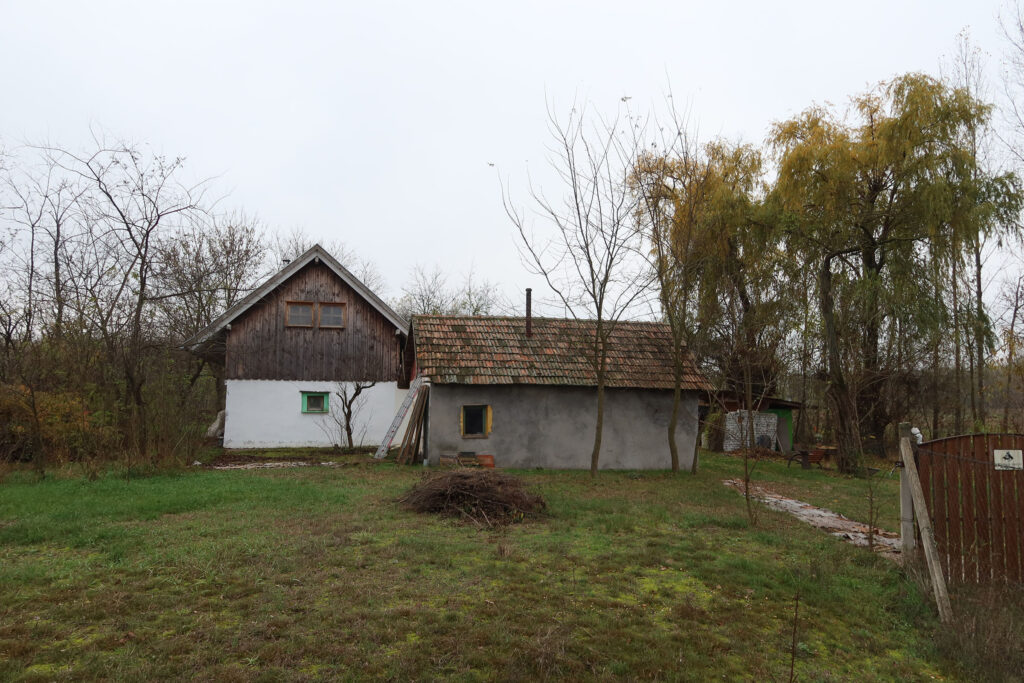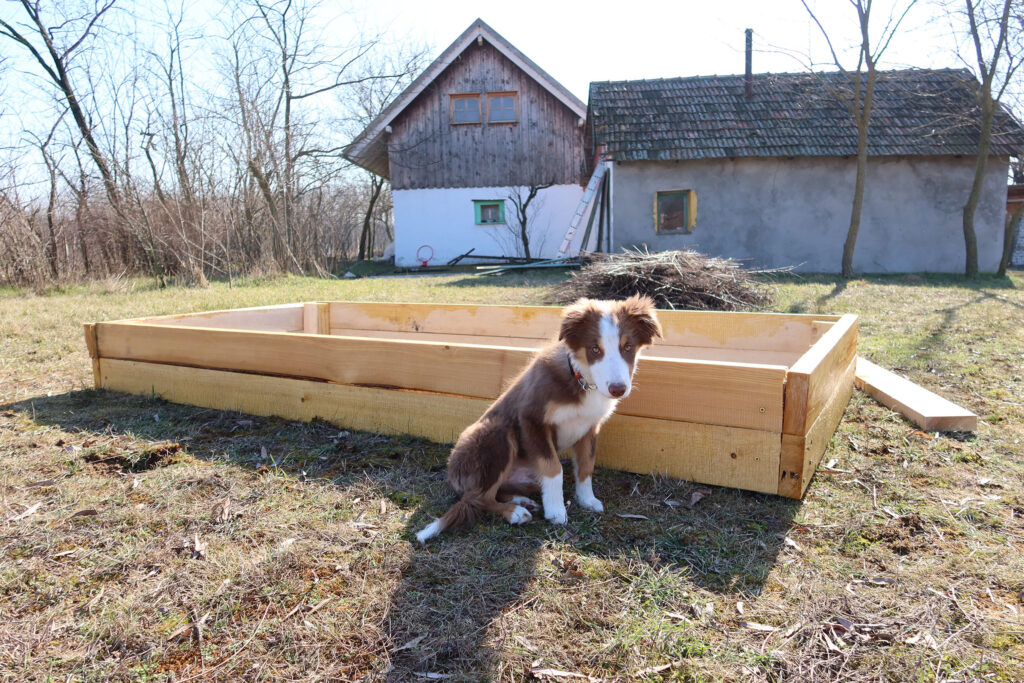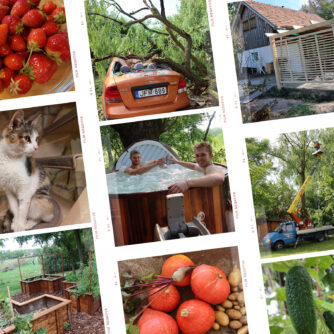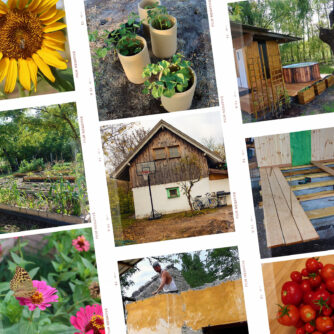It’s been a year on my new homestead. As we wind down for winter, I invite you for a quick photo tour of the construction and progress of my homestead garden over the last year.
THE BEGINNING
I picked this piece of land for the garden because it was mostly unused and would get a lot of sunlight.
The soil and land wasn’t the best, which was perfect as I planned to use raised beds for most of the plants.
I’ve never been a DIY guy, so there was a bit of a learning curve building the raised beds. Nothing Youtube couldn’t provide the solution for.
Building started at the beginning of Spring.
RAISED BEDS
After the first couple of raised beds, construction became a breeze.
I decided to switch to single beam beds for the later beds, because the cost of organic compost was expensive, and filling a higher bed cost a lot more.
However, after this year, it is clear that higher beds will be necessary, because the soil isn’t high enough to keep most weeds from growing through.
Double height beds worked great for smothering weeds and keeping them from growing through from below. Hopefully I find a more economical source for compost, or can create enough of my own.

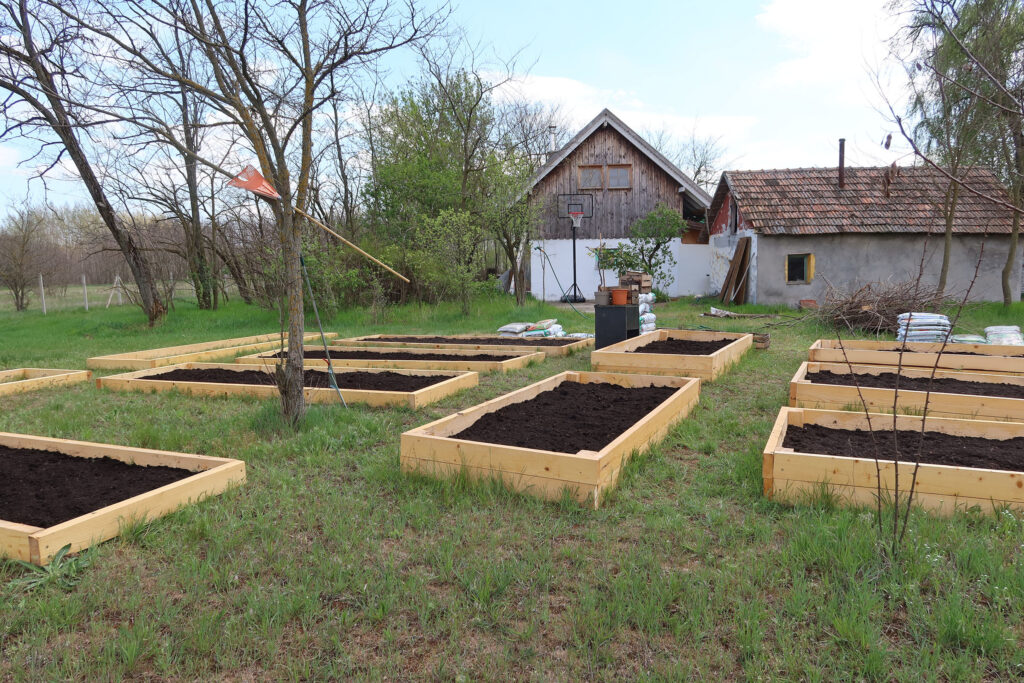
FENCE AND GREENHOUSE INSTALLATION
As a new puppy owner, I quickly realized that I’d need to build a temporary fence to keep him from destroying my garden.
This delayed the spring planting schedule by quite a bit. Seed planting couldn’t begin until the garden was secure.
In the end, I decided to build the fence myself, as I had a bunch of extra wood laying around that wasn’t being used, which served well as fence posts.
The greenhouse went up soon after that, but didn’t last very long due to powerful winds. A more solid one will need to be built before Spring 2022.
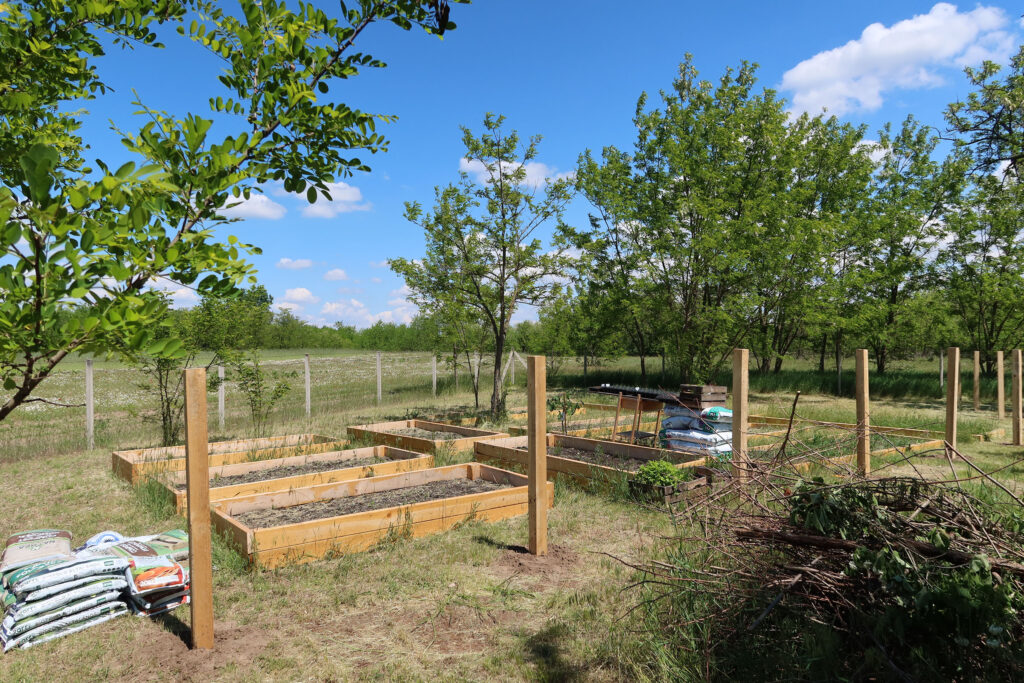
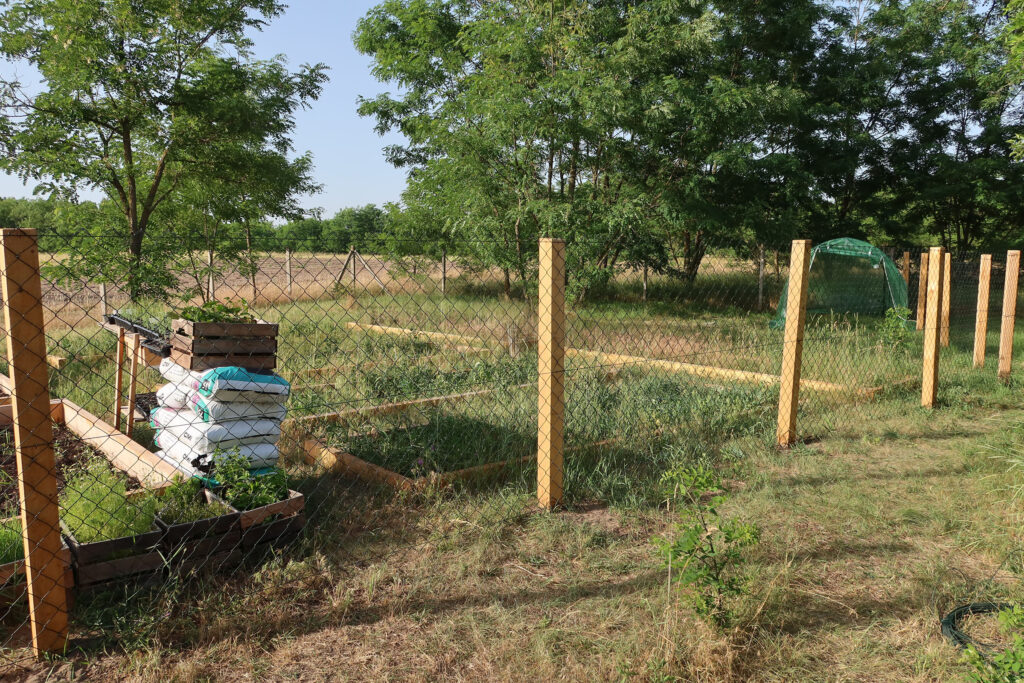
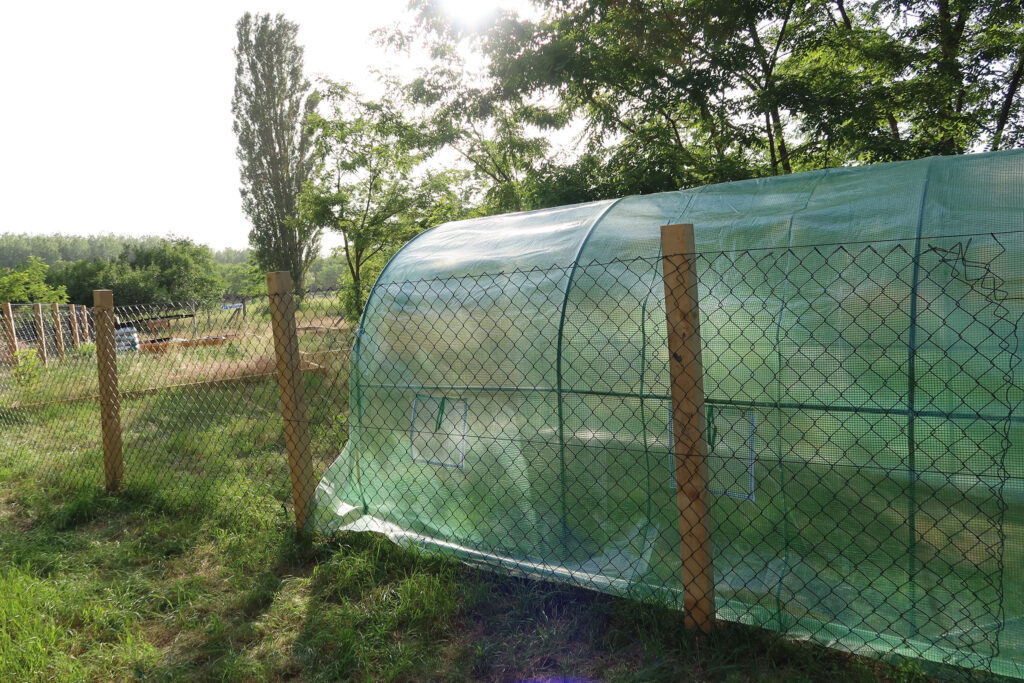
THE FIRST PLANTS
Once the garden was secure, I was able to start planting the first plants. This started with seed modules I had already started in Spring, as well as some other exotic seedlings that I bought online.
Where possible, I tried to plant companion plants with each other that complimented each other and the soil, based on permaculture principles.
Growth was slow in the beginning, as I had only started planting at the beginning of summer due to previous setbacks, and missed the critical Spring months. So the extreme heat, which started very early this year, wasn’t ideal for new seedlings.
I also had a ton of weeds growing in the raised beds because they’d been standing uncovered for so long, due to the various setbacks. So weeding those was so much fun, as you can imagine.

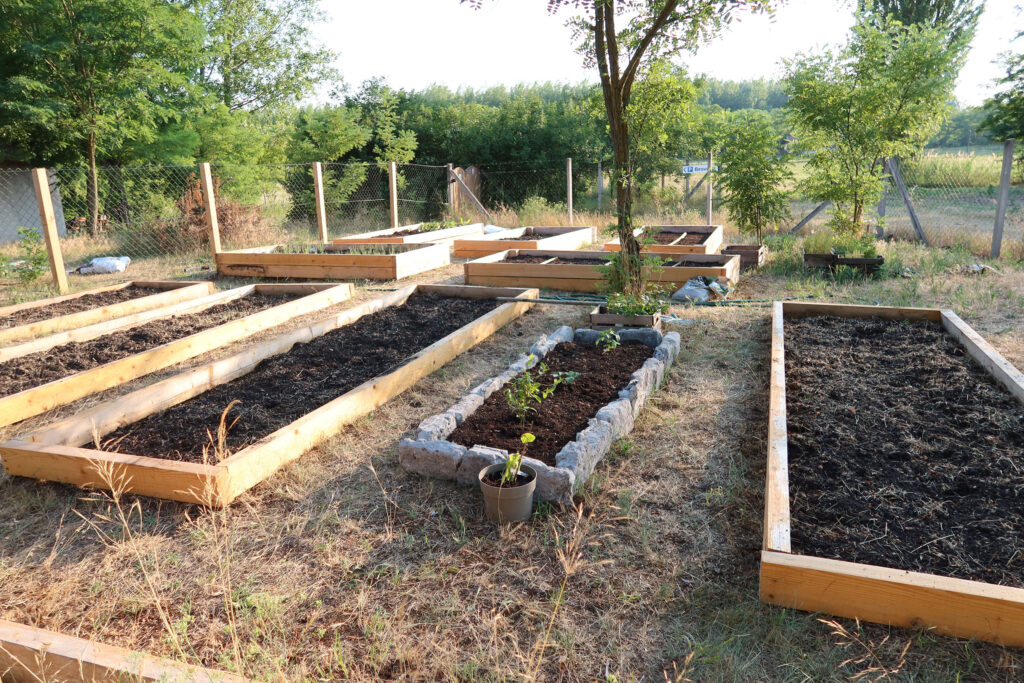
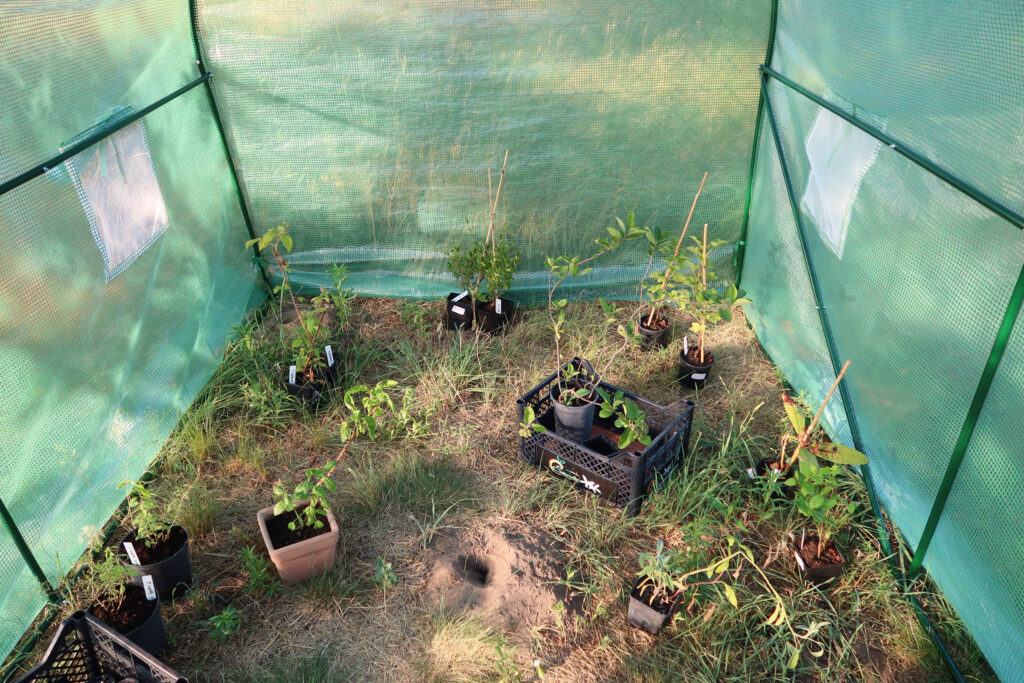
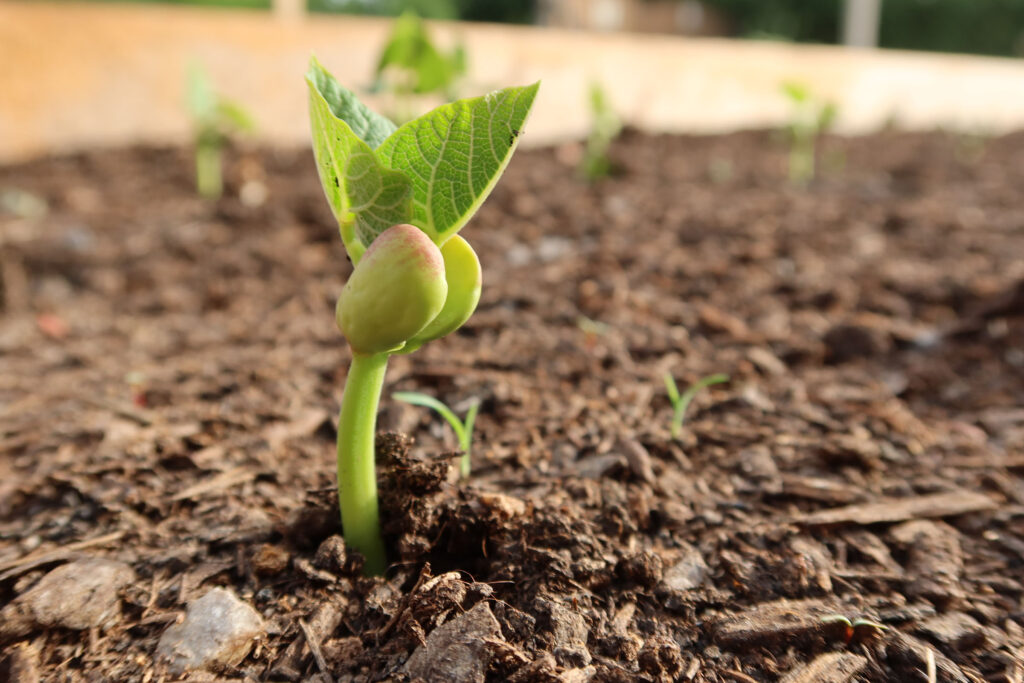

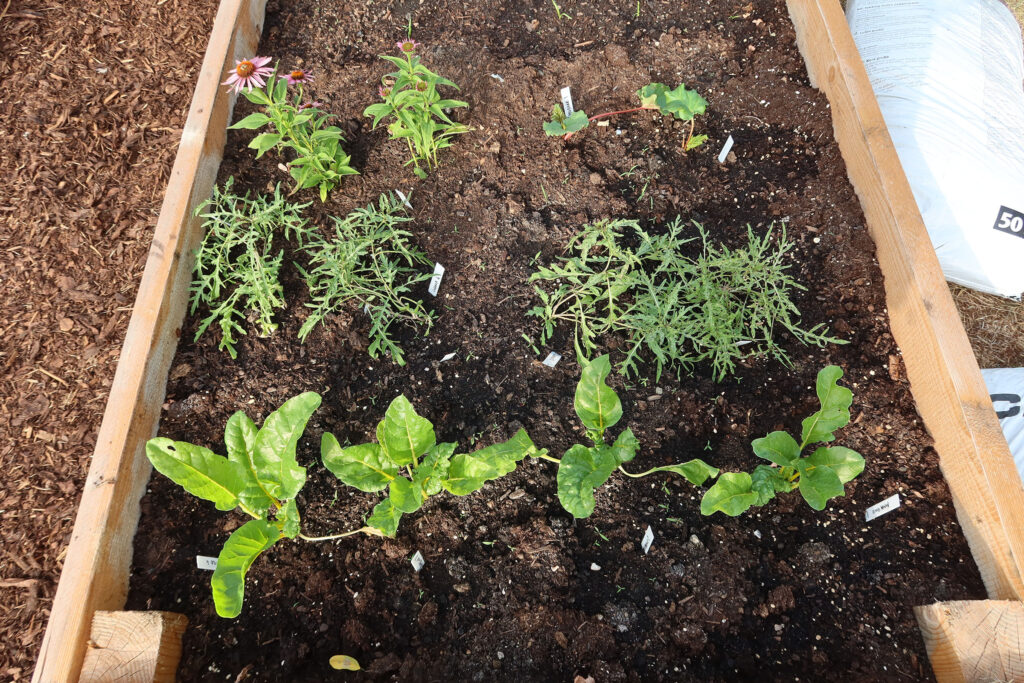
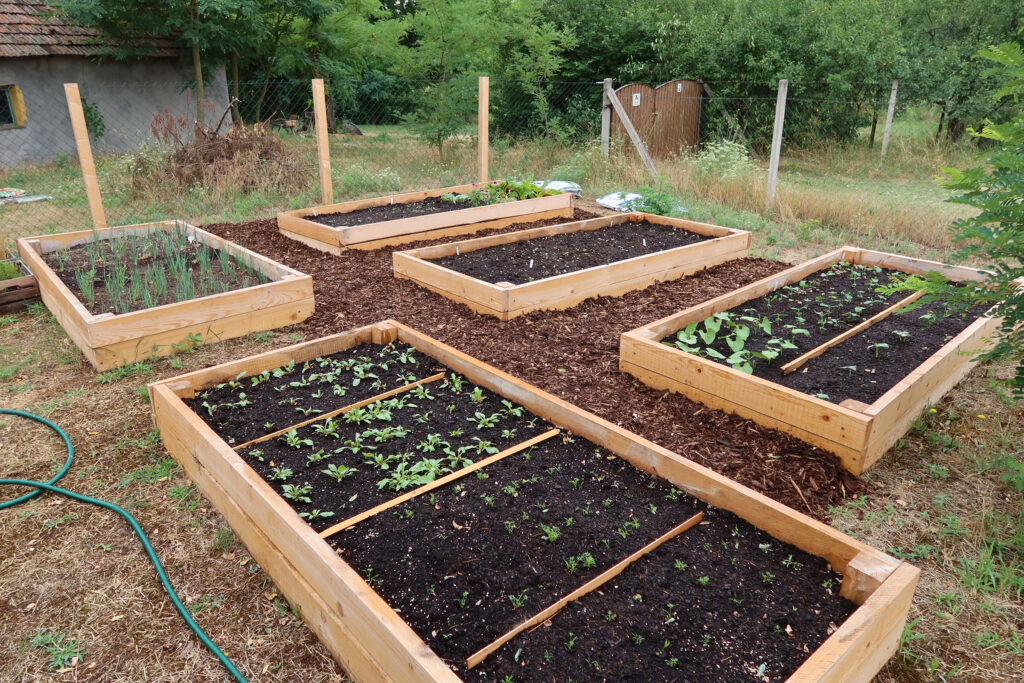
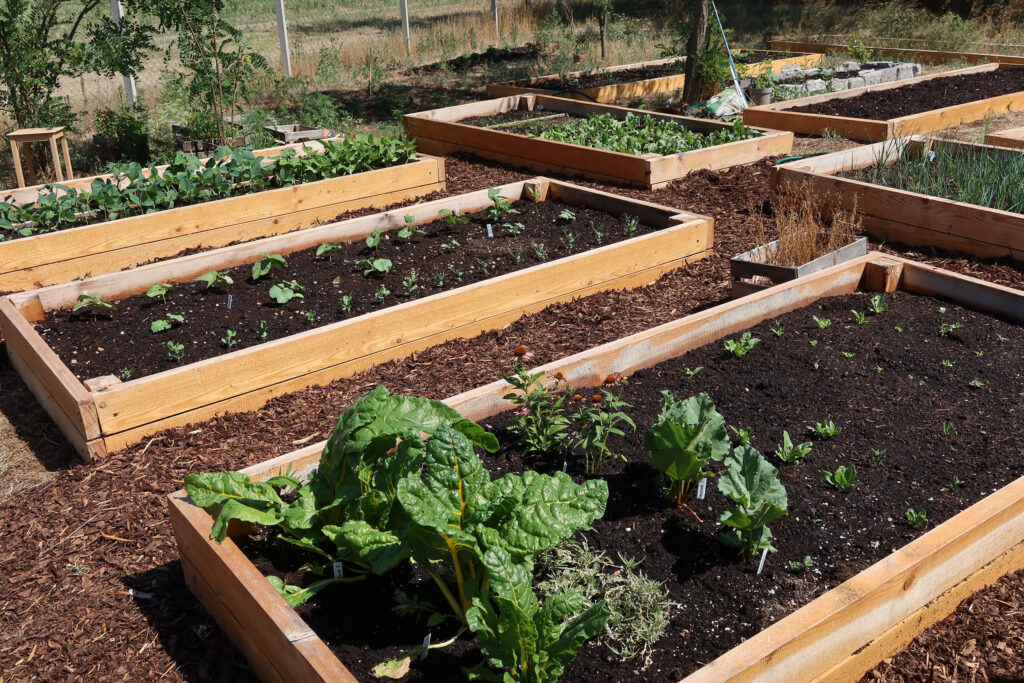
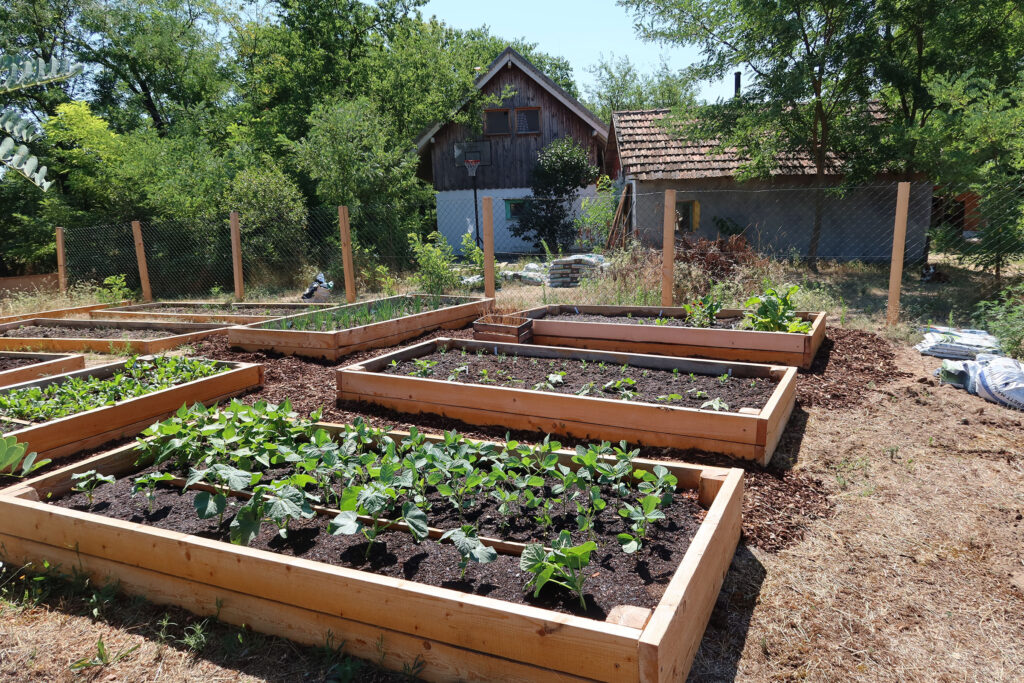
THE NEXT ROUND OF SEEDS
Soon after the first seedlings started to grow, I started sowing seeds in more of the beds.
I also transplanted a lot more seedlings and saplings from pots into their own beds or into the ground.
This included a wide variety of fruits, such as kiwi, guava, granny smith apples, goji berries and more.
Growth from this point was mixed. Some plants took off right away and grew big and healthy. Others had stunted growth and small fruit.
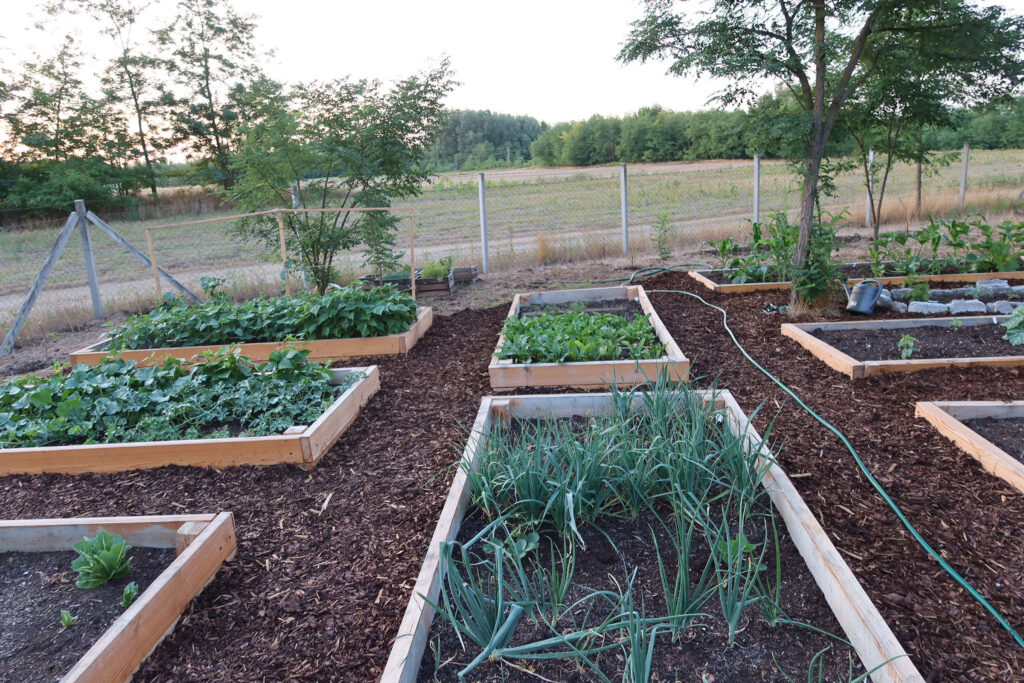
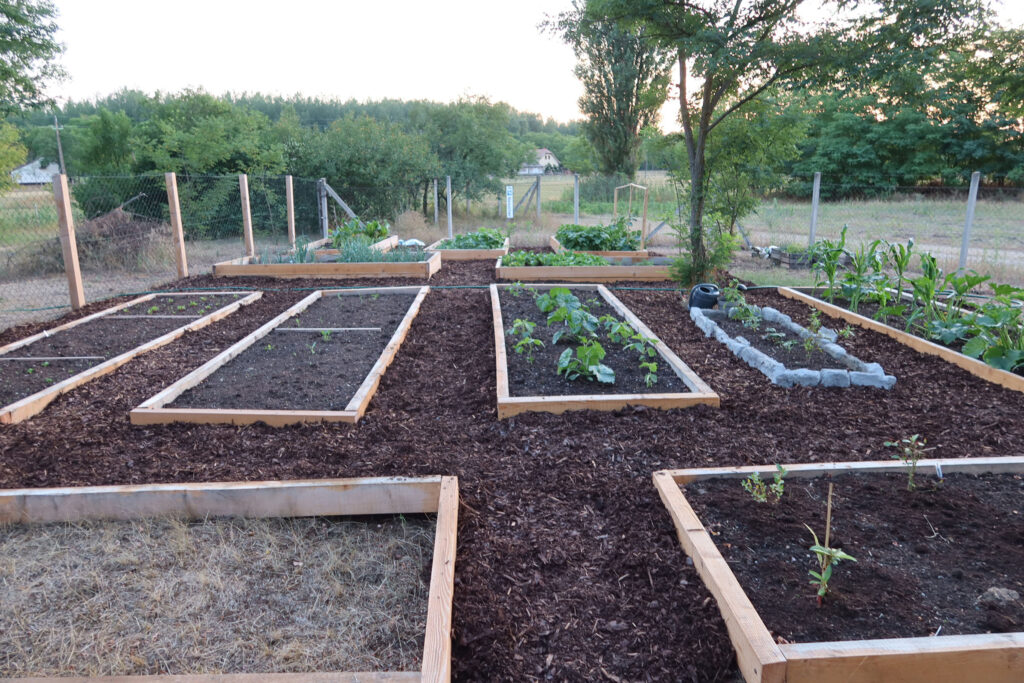
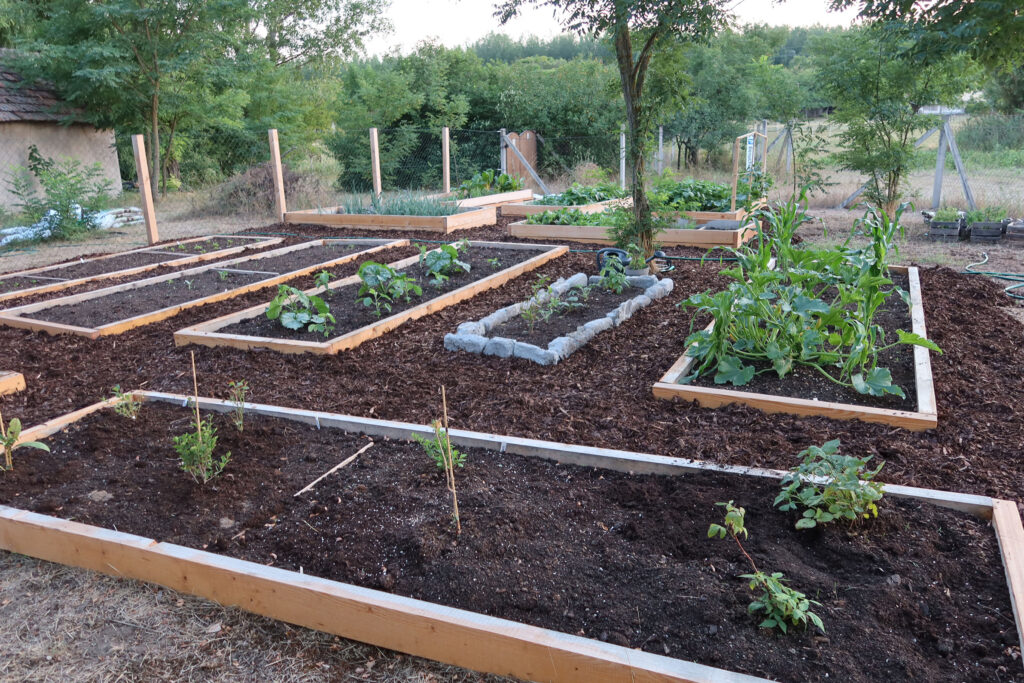
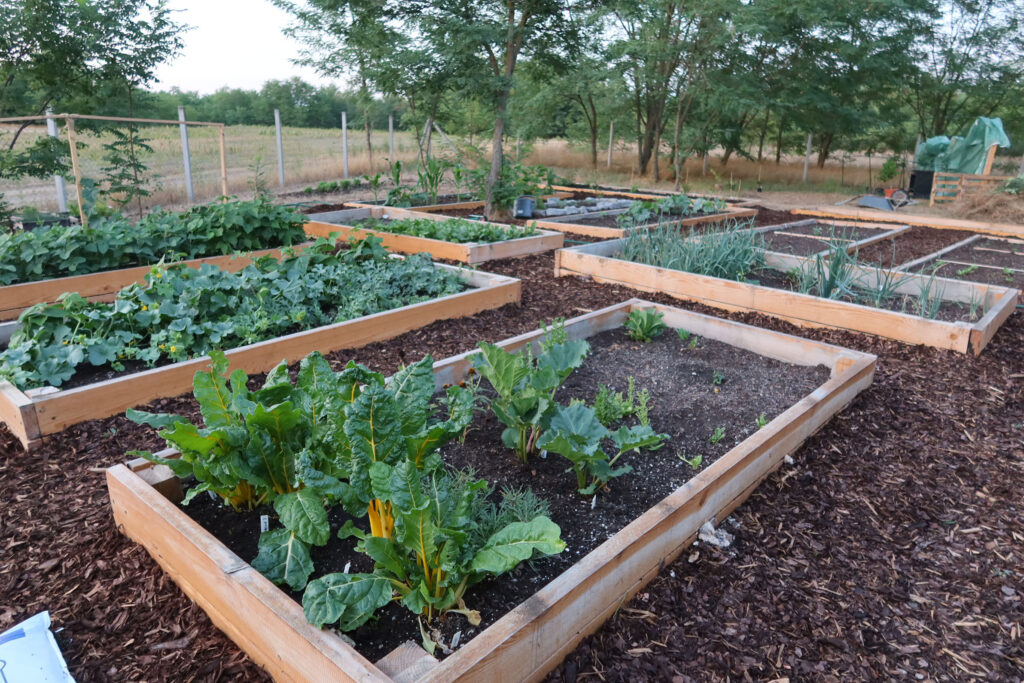
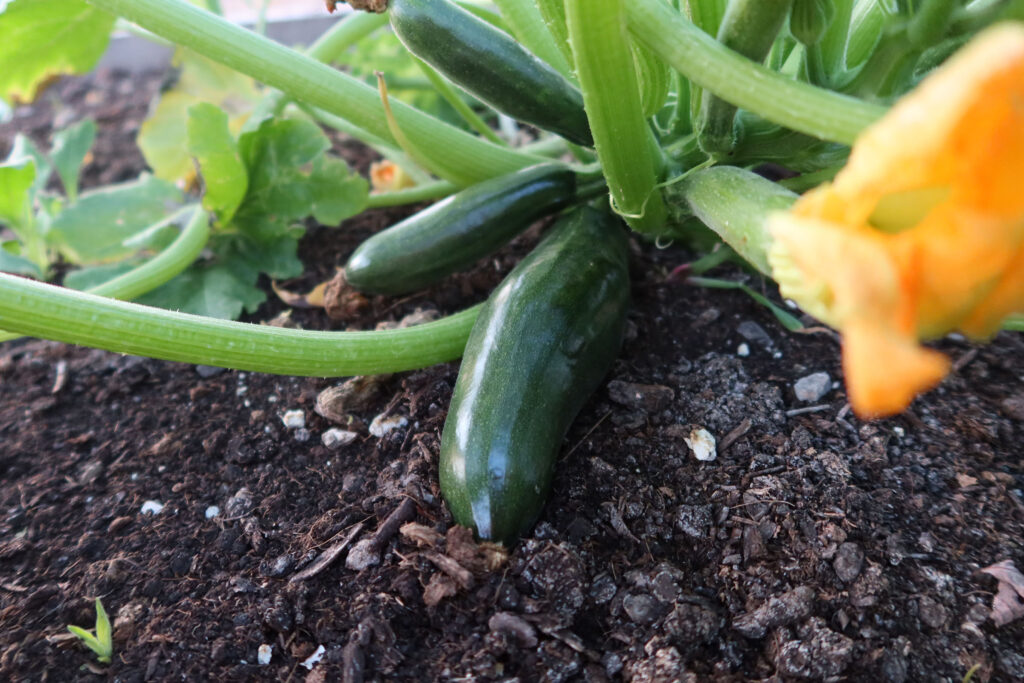
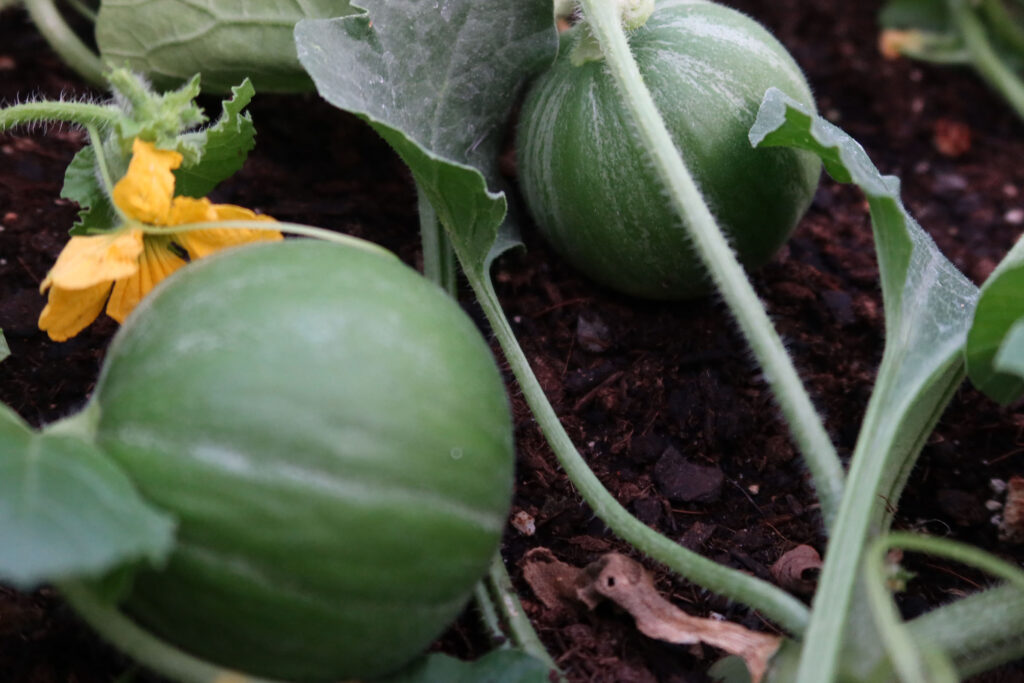
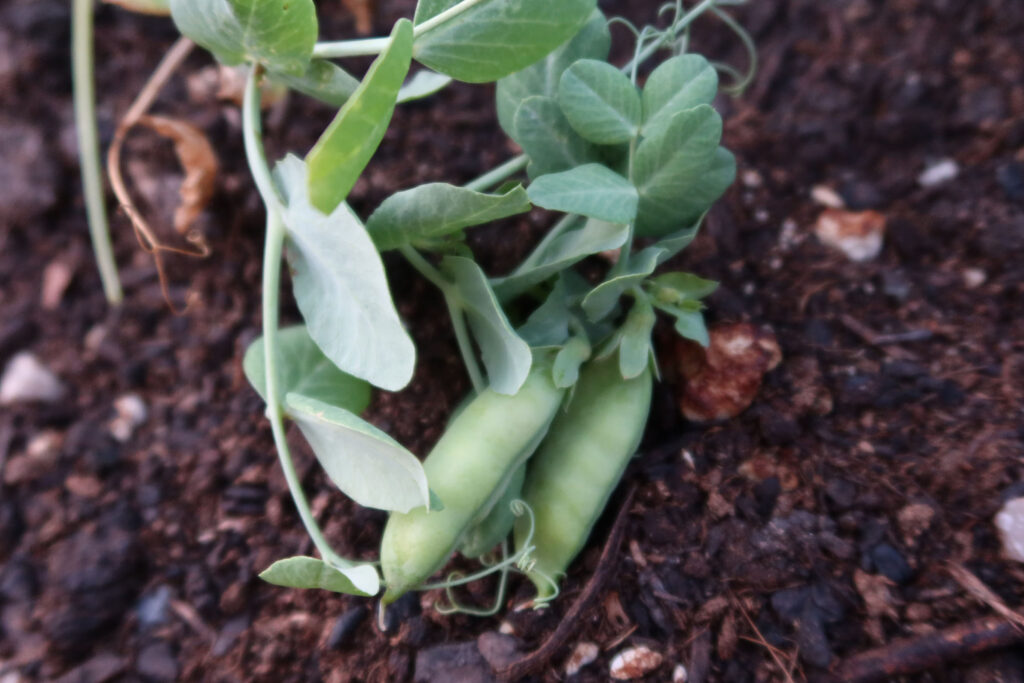
HARVEST AND AUTUMN
Many plants were ready to harvest from the beginning of Autumn, while others were still not quite ready.
I also planted some last seeds, which seemed to do much better with the cooler weather and decreased sunlight.
Below are some of the fruits and vegetables during the start of Autumn.
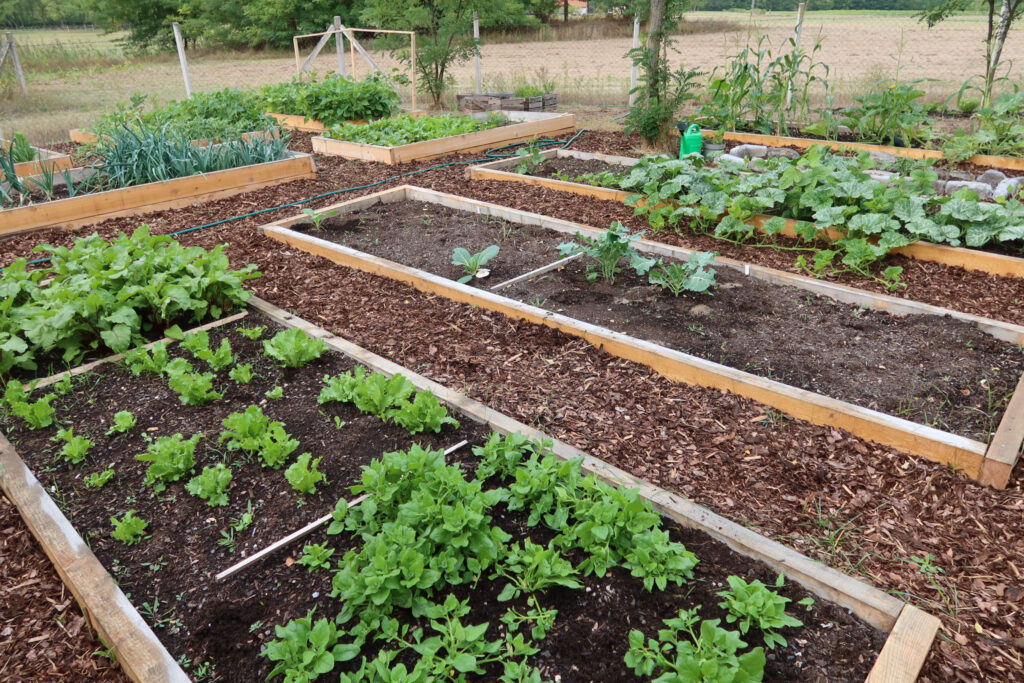

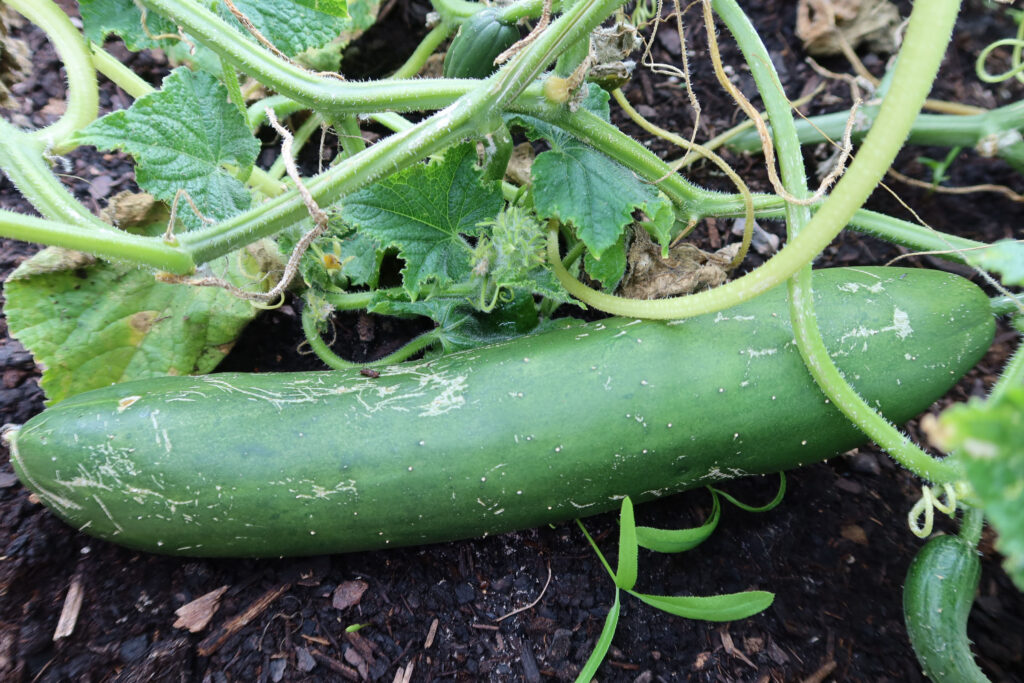
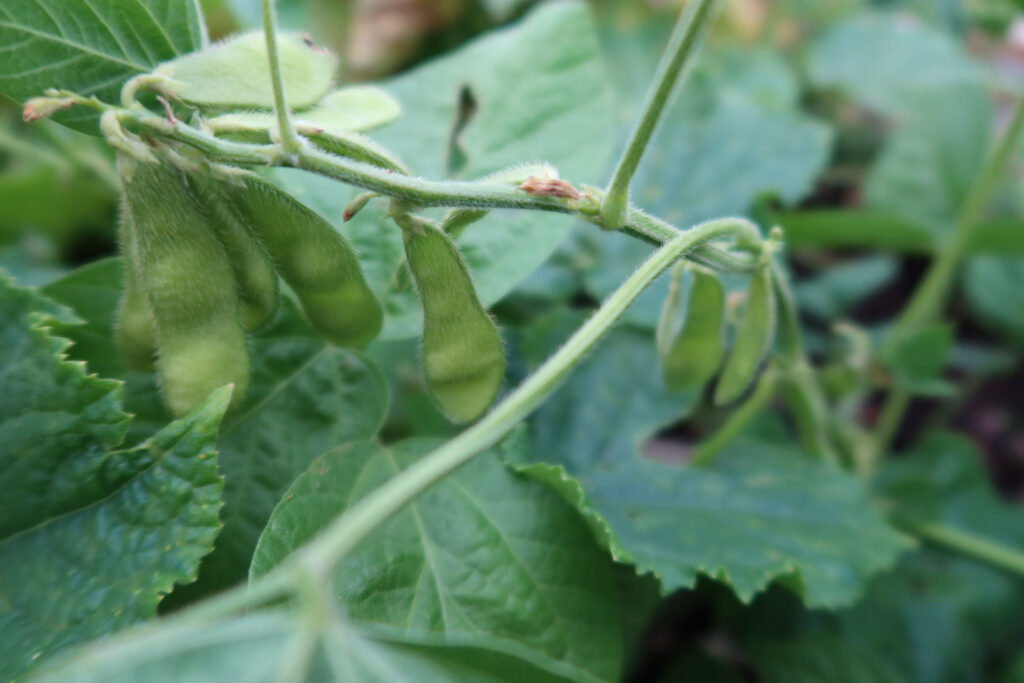

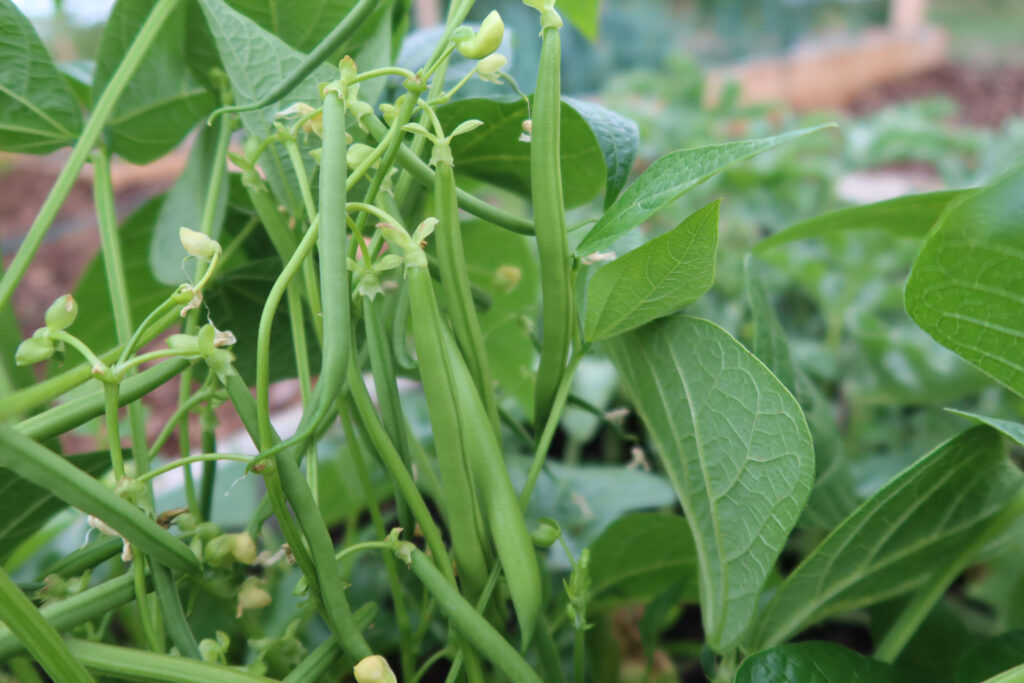
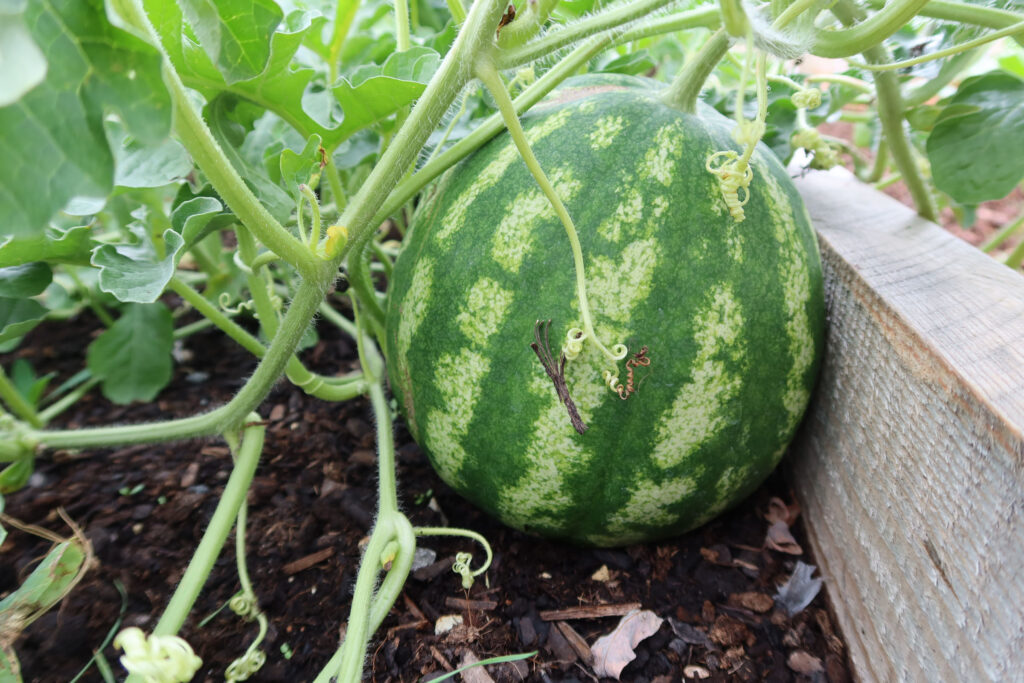
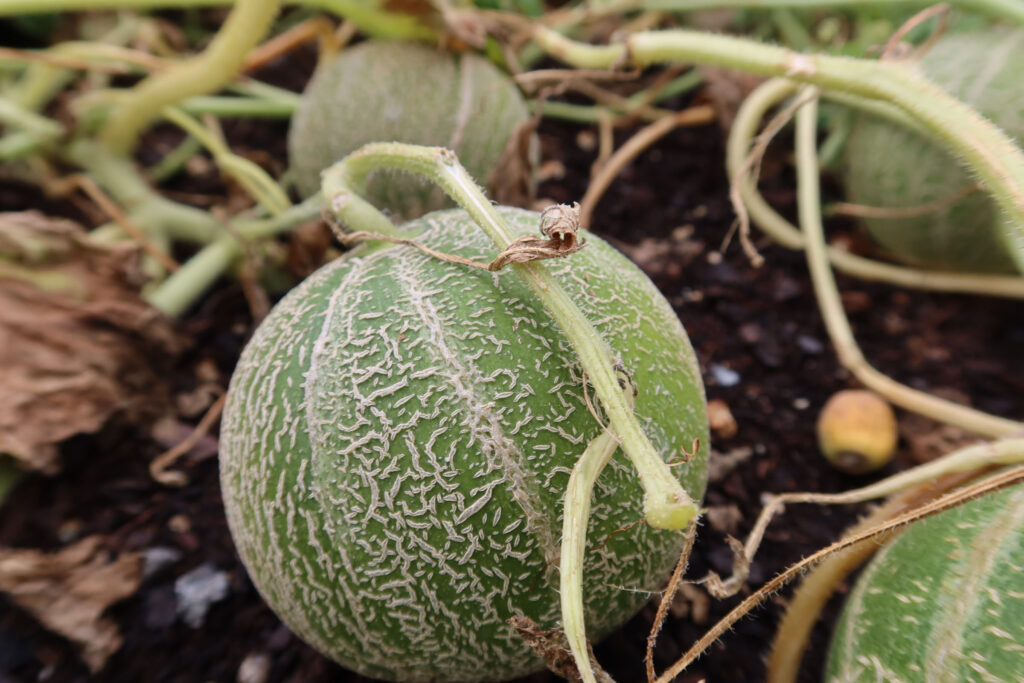
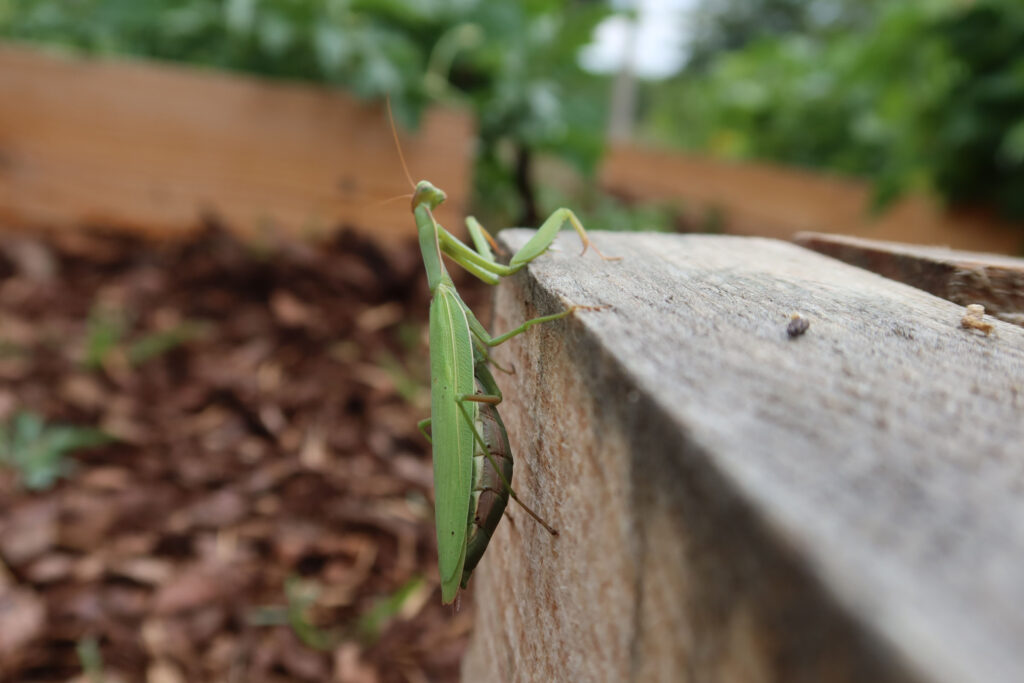
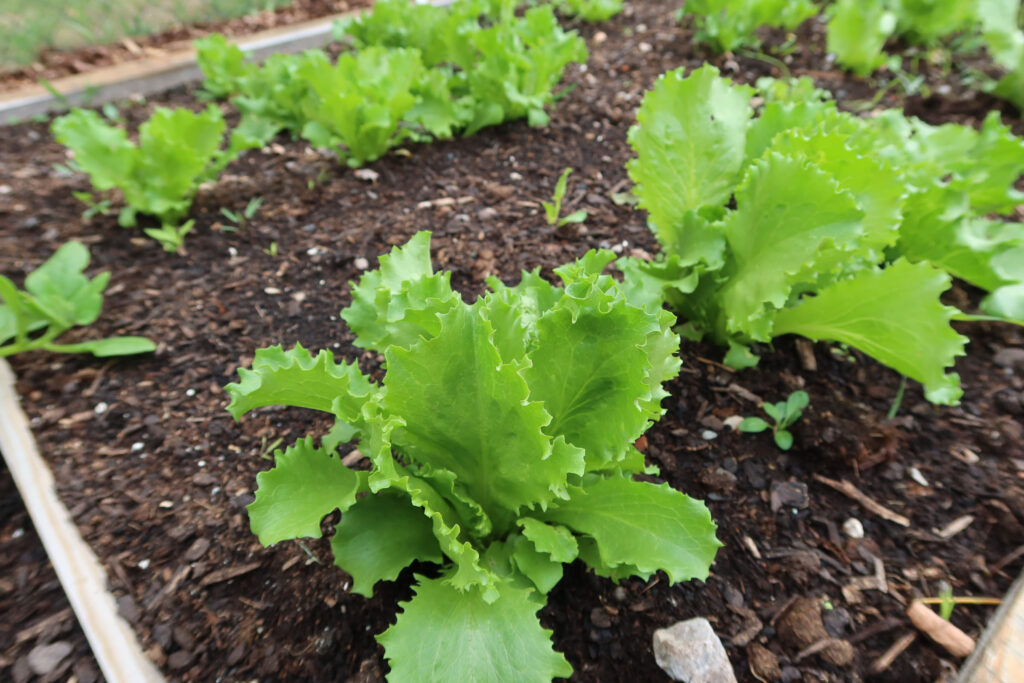
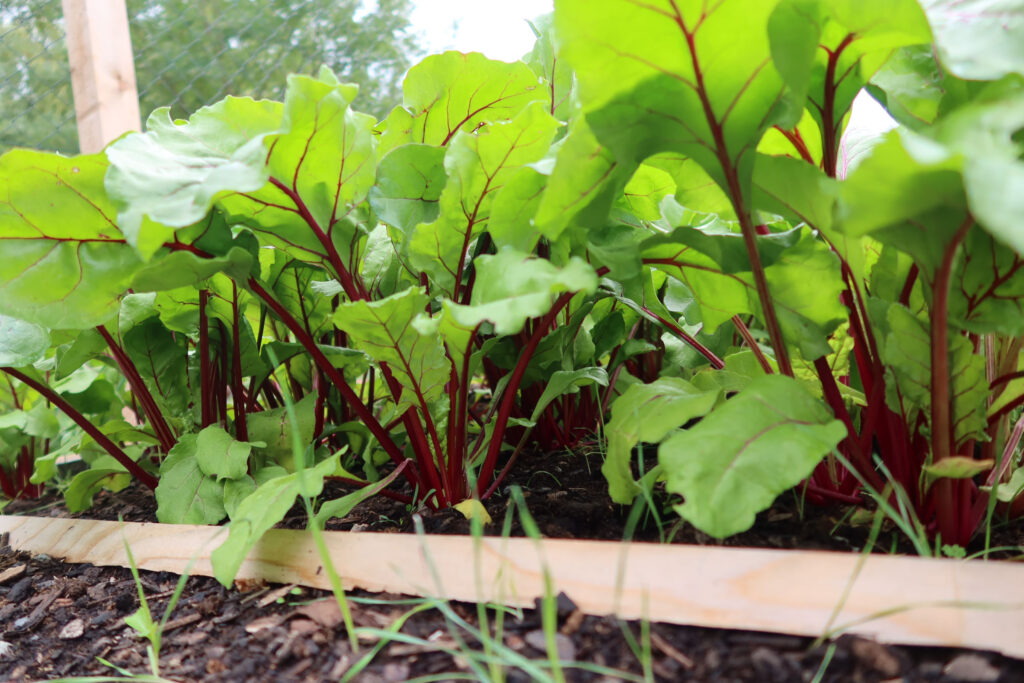
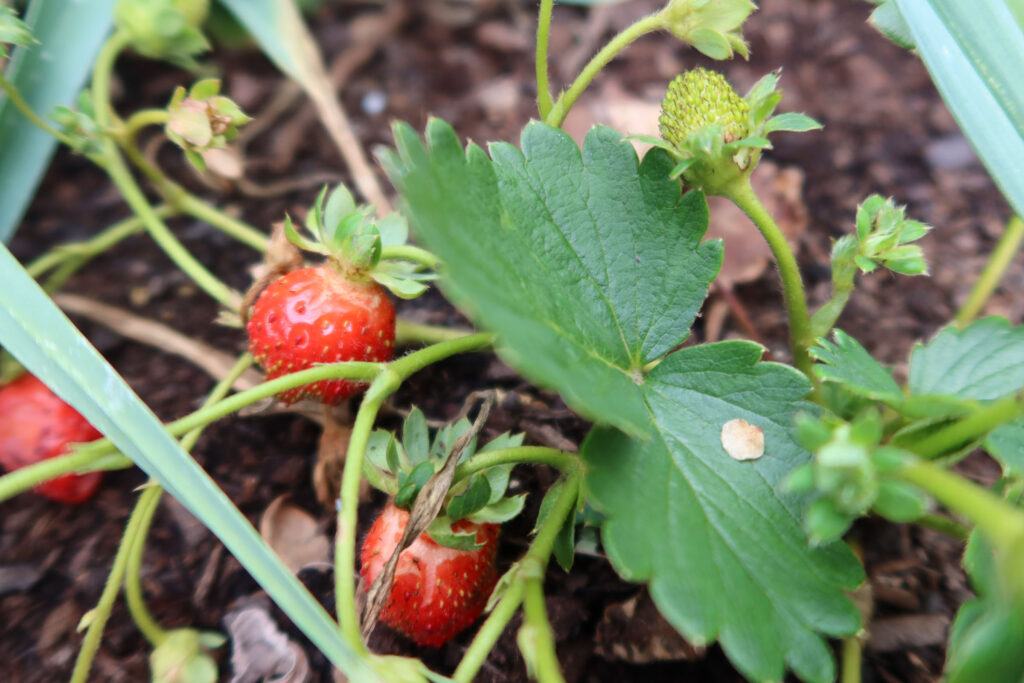
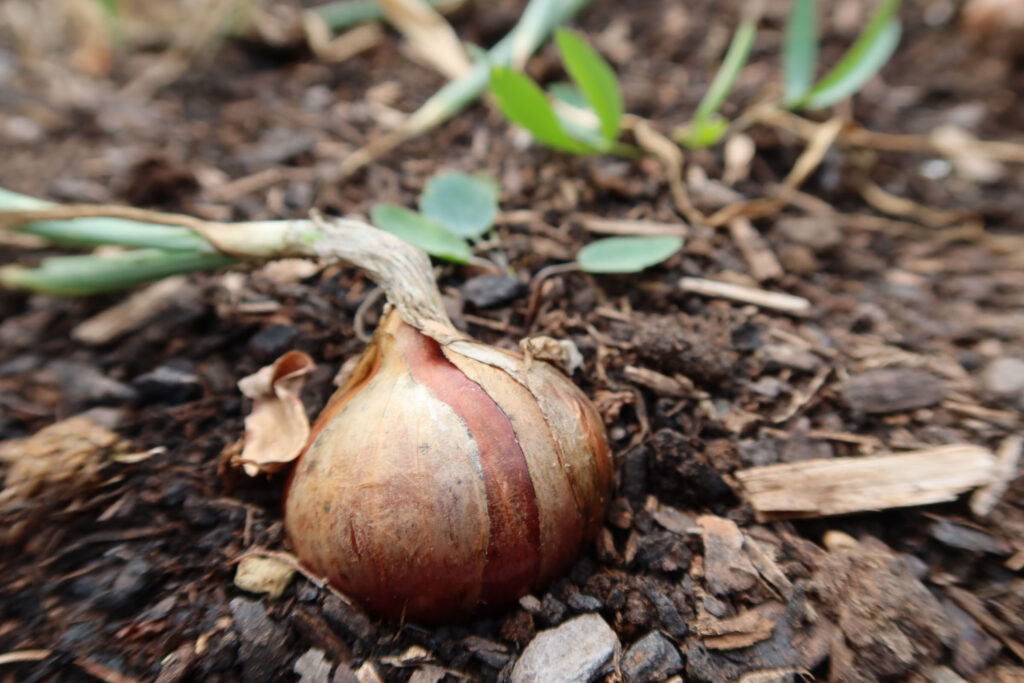
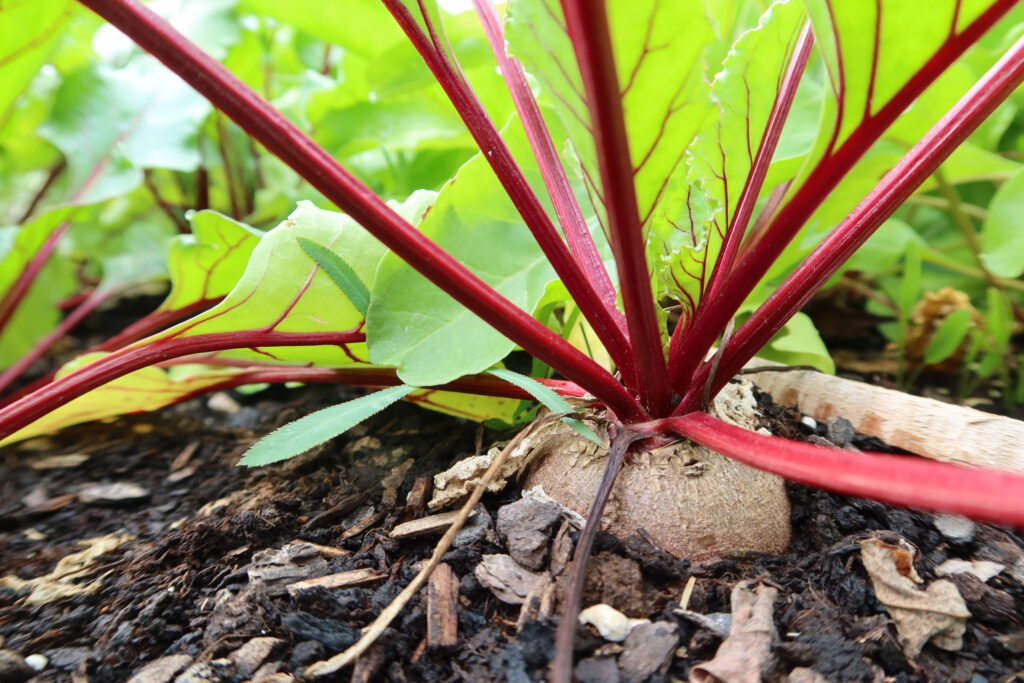
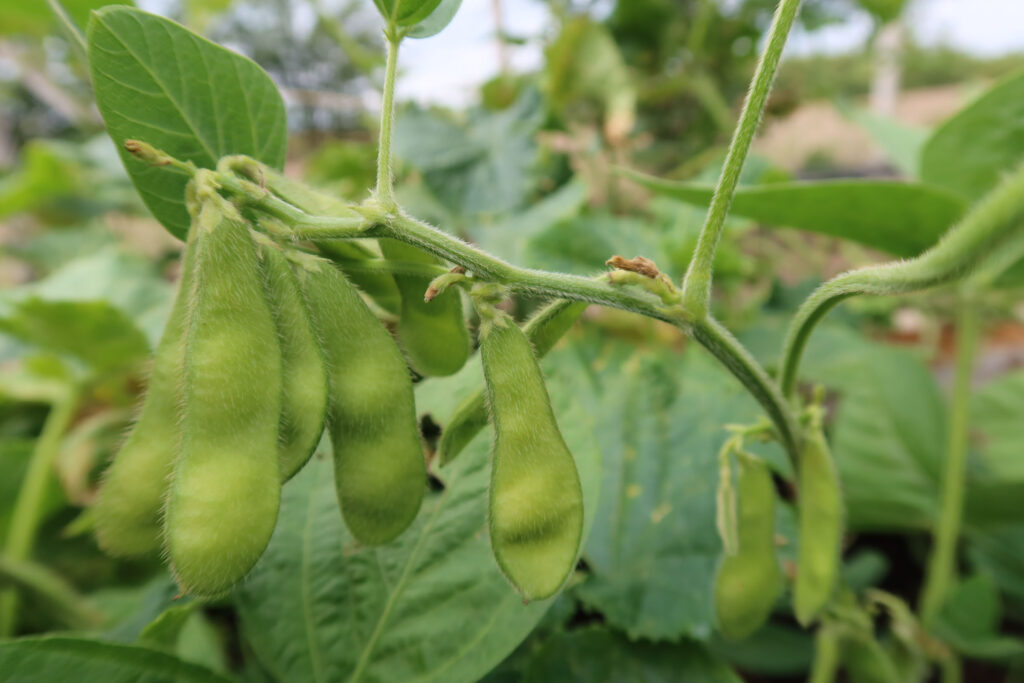
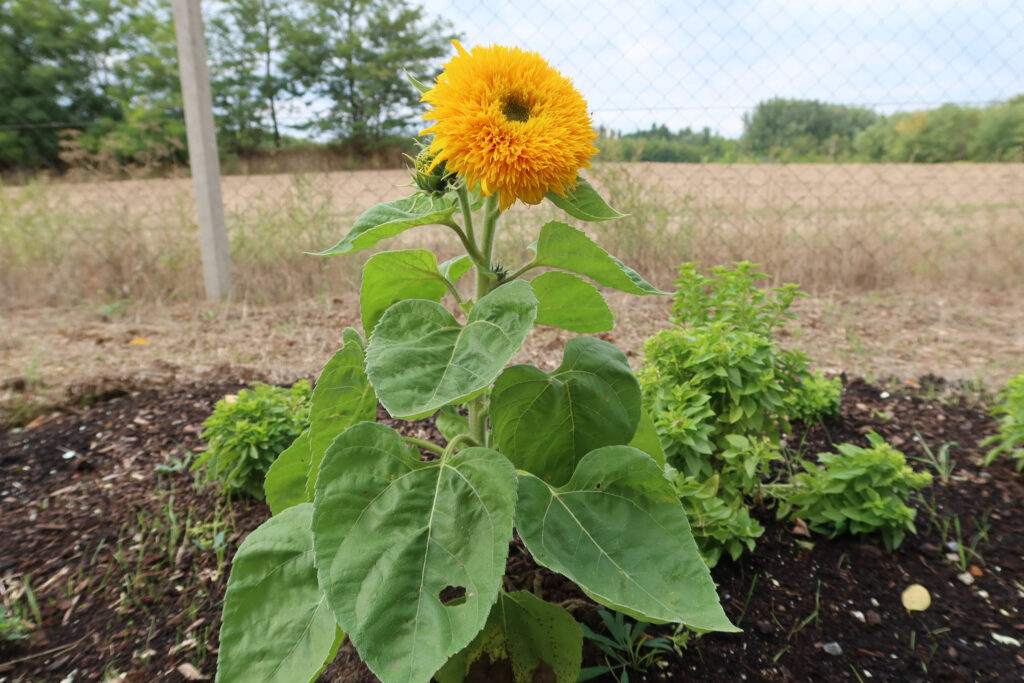
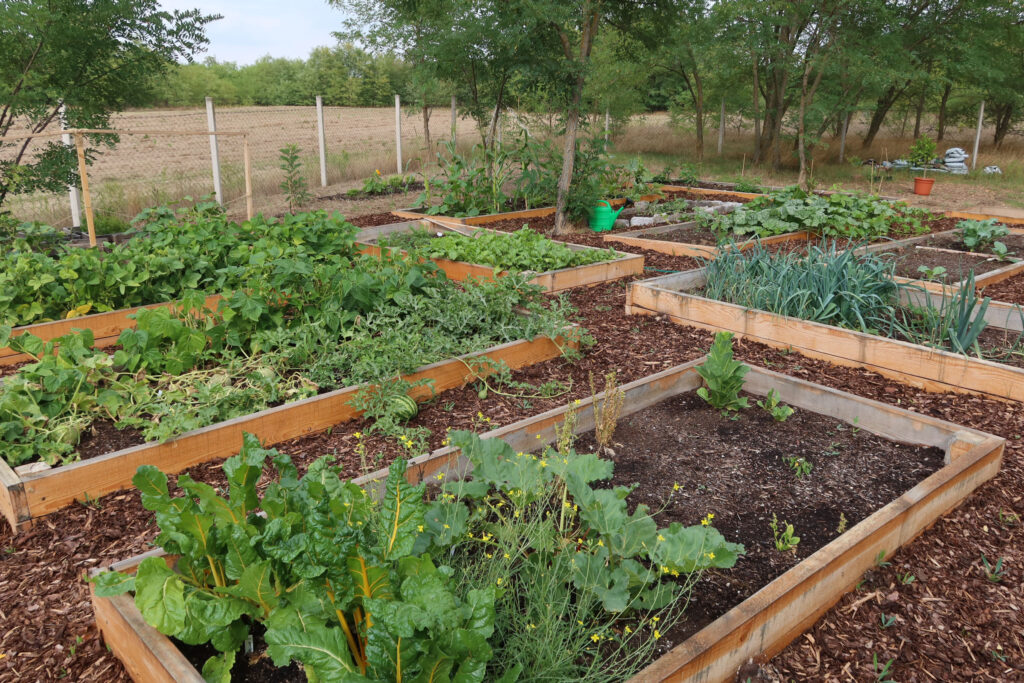
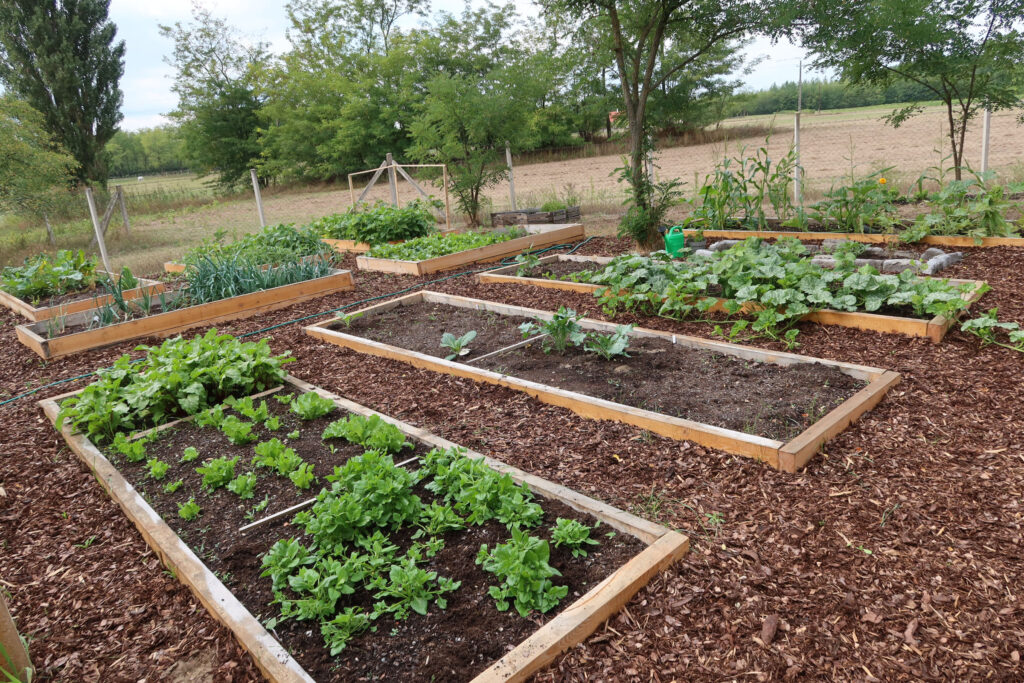
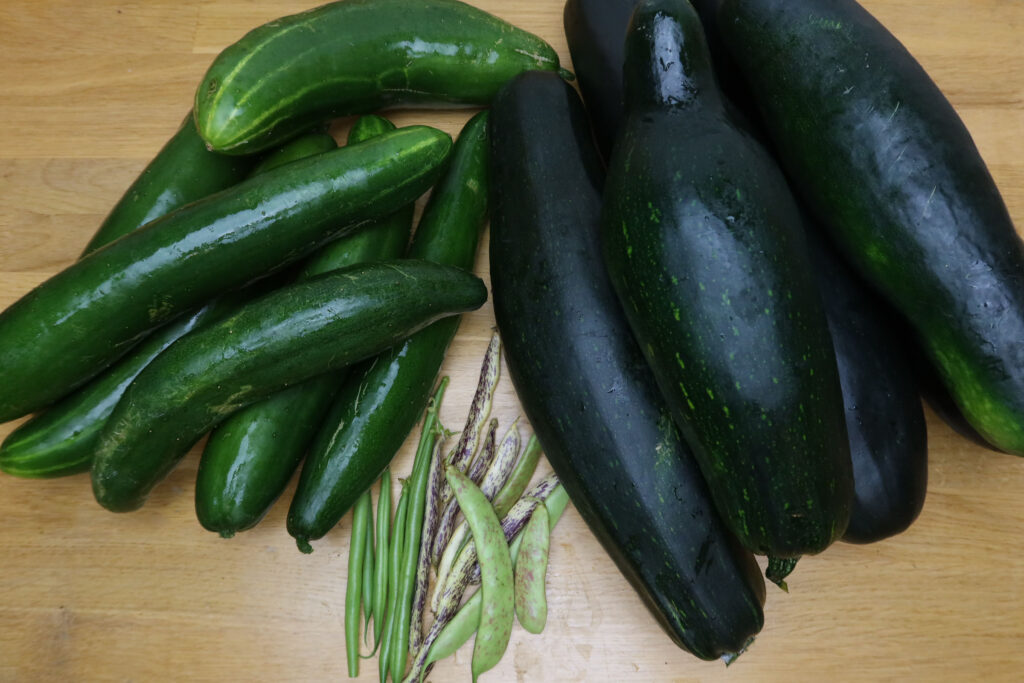
CONCLUSION AND LESSONS
Overall I’m very happy with the progress of my first garden this year, despite numerous setbacks.
Growth and yield was generally great with minimal pests and bug problems.
The main issues for some of the plants was clearly the extreme heat. So next year I’ll add shading for those plants that need it, as well as increase watering to 2 times a day on very hot days.
Minimal work will be required to start next years crops, due to the garden being built and ready to go.
I’m looking forward to expanding the garden, starting the food forest and planting a lot more trees and flowers, according to permaculture design principles for regenerative and sustainable farming.
If you have any questions, or would like to share your garden, please leave a comment or link below.


